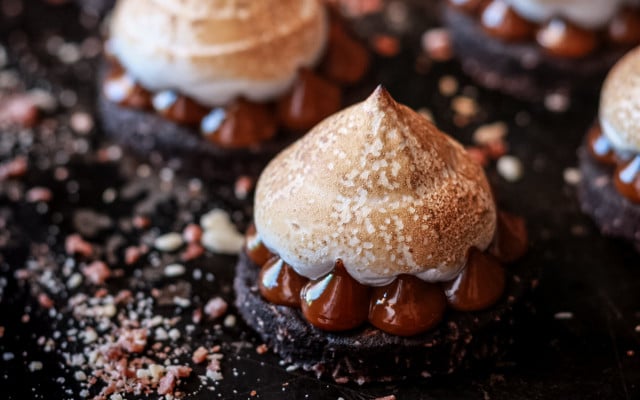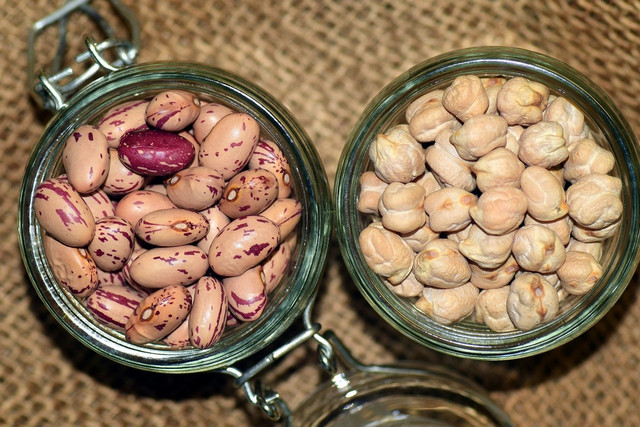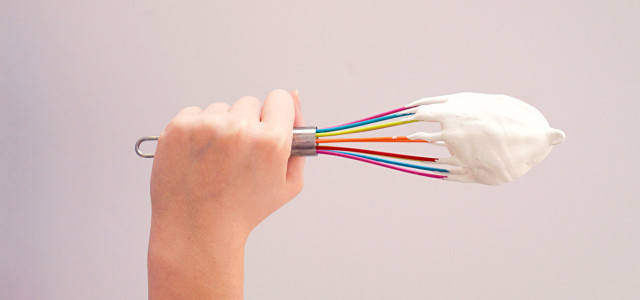Aquafaba is the perfect vegan alternative to egg whites. It’s incredibly easy and quick to make! Let us show you how to make your own vegan egg white substitute.
What is Aquafaba?
Aquafaba is the liquid left over from cooking chickpeas or beans, so you might hear people call it bean water or chickpea water. In vegan cooking, aquafaba has many uses as a substitute for egg whites – it can also be beaten to form stiff peaks.
NB: Only use the cooking water from the chickpeas. The water from soaking contains larger amounts of the ‘anti-nutrient‘ phytic acid and therefore should not be used for aquafaba. Ready-to-eat chickpeas from the can have already been cooked, so this is your best source of aquafaba, especially for beginners!

Having taken on starches and proteins from the chickpeas (legumes are a great source of vegetarian protein), the aquafaba acts as a raising agent and emulsifier. Emulsifiers combine substances that do not naturally mix. They hold the ingredients together and act like glue. Especially when making cakes, this effect is necessary, because otherwise you’ll have difficulty making a dough or batter. Of course, you can also use aquafaba to make savory vegan dishes.
However, aquafaba is probably most popular as a substitute for whisked egg whites. When beaten, it takes on a light, fluffy consistency. For example, you can use aquafaba to make meringues, vegan ice cream, or vegan chocolate mousse.
How to Make Aquafaba: A Simple Recipe



You probably have most of the ingredients you need to make aquafaba at home already. The additions besides the chickpea water itself help with the consistency, but aren’t strictly necessary, so feel free to experiment a little. The 100 Milliliters of aquafaba – roughly half a cup – is about the amount you’ll get from a standard can of chickpeas. It can be used to replace two to three egg whites.
- 100 ml chickpea water (after cooking them yourself, or from a can)
- 1/2 tsp cream of tartar baking powder (you can get this online, e.g. at Amazon** – it has a thousand and one household uses!)
- 1/2 tsp carob bean gum (or any other thickener)
- a pinch of salt
Now you just have to mix all the ingredients and beat them thoroughly. Experience has shown that whisking by hand is even more work than with egg whites, so an electrical or mechanical whisk might be a good idea! The foam is then just as versatile as beaten egg whites – you can even make vegan aquafaba meringues with it! You can use the chickpeas themselves as you would normally, for example to make vegan spreads.
This article was translated from German by Will Tayler. You can read the original here: Aquafaba: So geht veganer Eischnee
** Links to retailers marked with ** or underlined orange are partially partner links: If you buy here, you actively support Utopia.org, because we will receive a small part of the sales proceeds. More info.Do you like this post?






